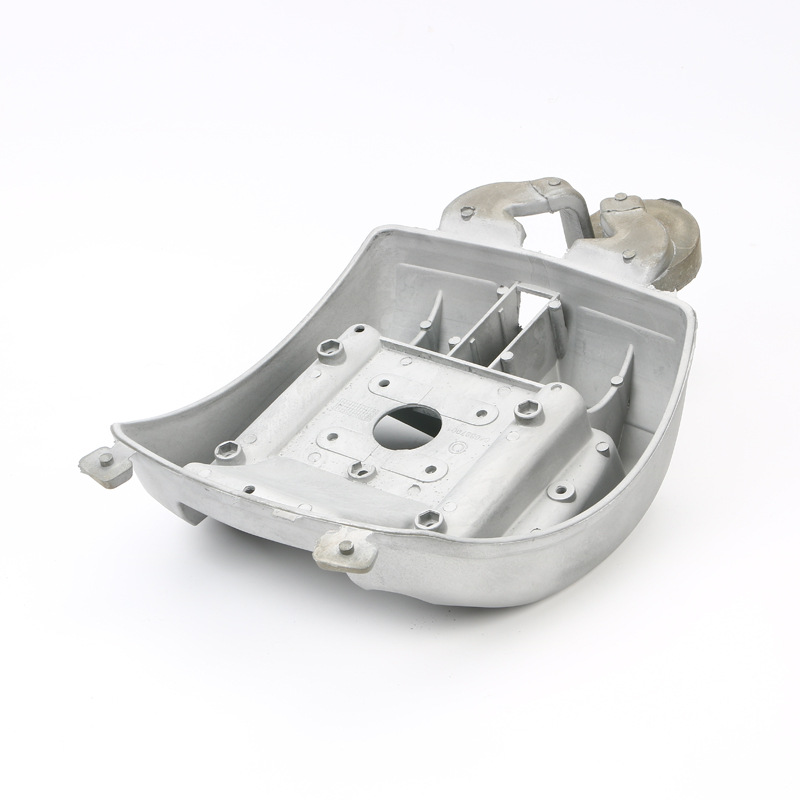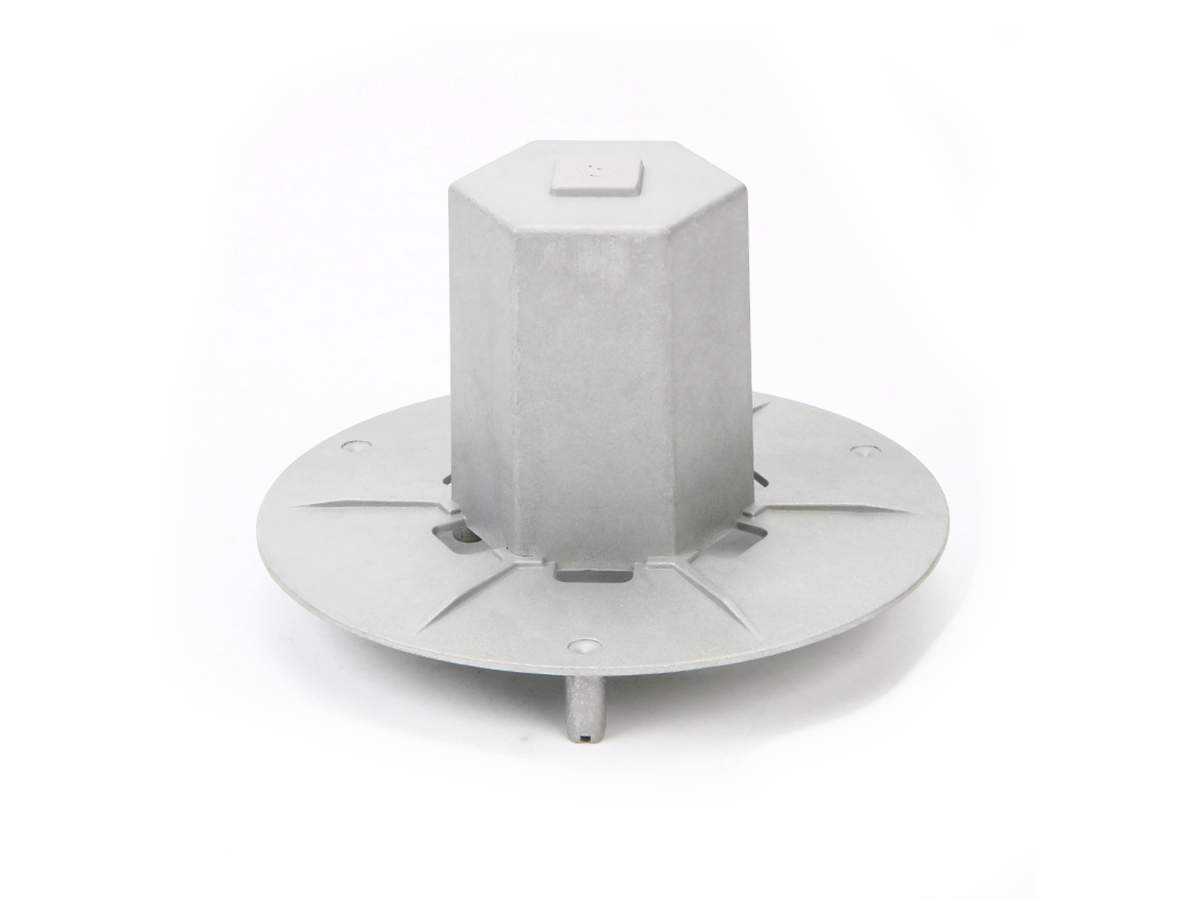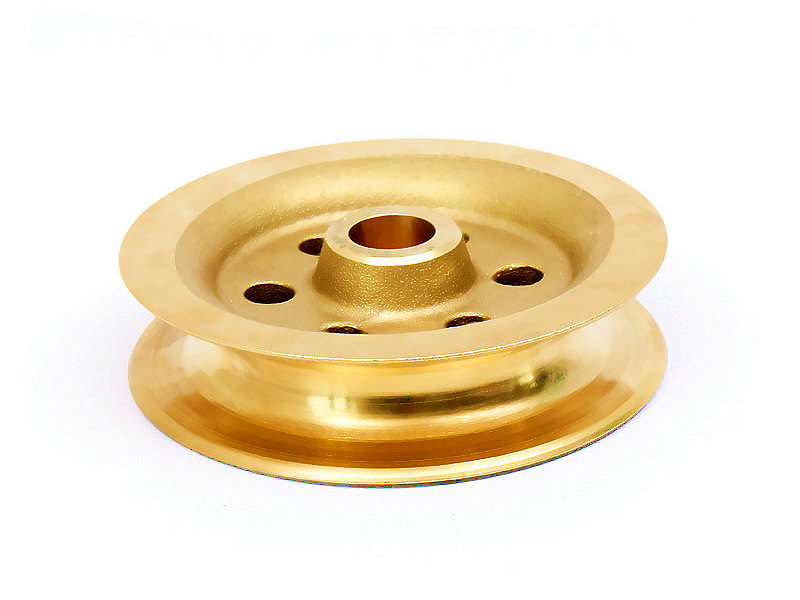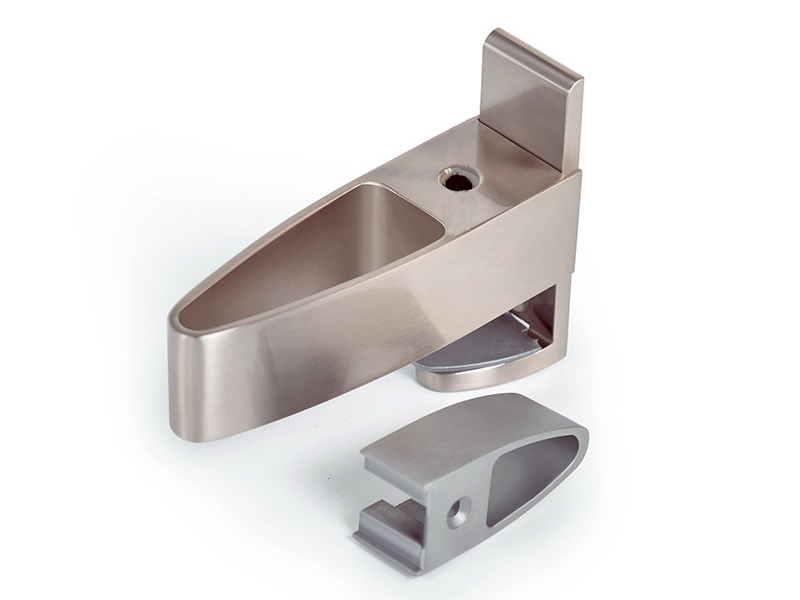Enhancing Robotics & Automation: Die Casting for High-Strength, Lightweight Machine Components
As robotics and automation become increasingly integral to manufacturing, logistics, and consumer technologies, the demand for compact, lightweight, and mechanically robust components has surged. Die casting has become a foundational manufacturing process for these industries, enabling scalable production of high-performance parts with tight tolerances and optimized mass.
At Neway, we specialize in precision die casting solutions that support robotic systems and automated machinery's mechanical, electrical, and thermal needs. This blog explores how die casting enhances structural and operational efficiency in robotics, covering the materials, benefits, common applications, and process control involved.
Why Die Casting Is Ideal for Robotics and Automation
Robotic systems must balance speed, strength, and energy efficiency—especially in arm actuators, sensor housings, and structural supports. Die casting enables the creation of intricate components with optimized geometries that would be difficult or cost-prohibitive to produce via machining or forging.
Advantages of Die Casting for Robotics
High-strength-to-weight ratios
Tight tolerances for gear housings and mating parts
Excellent repeatability for high-volume builds
Integration of multiple functional features into a single casting
Support for surface treatments, electrical conductivity, and thermal control
Key Die Casting Materials for Robotics Applications
Different components in robotic systems require specific combinations of strength, conductivity, and corrosion resistance. Below is a comparison of common die-casting alloys used in automation and robotics:
Material | Density (g/cm³) | Tensile Strength (MPa) | Key Features | Typical Applications |
|---|---|---|---|---|
A380 Aluminum | 2.74 | 317 | Good machinability, dimensional stability | Motor housings, actuator brackets, structural enclosures |
AlSi12 | 2.66 | 250 | High fluidity, thin-wall casting capability | Sensor covers, drone components, arm joints |
ZA-8 Zinc Alloy | 6.6 | 331 | High strength, good creep resistance | Gear housings, encoder brackets |
Brass 360 | 8.4 | 345 | Excellent wear resistance and conductivity | Terminal blocks, EMI shielding enclosures |
Typical Die Cast Parts in Robotic Systems
Robotics and automated equipment rely on die casting for various structural, motion, and control components. The table below outlines common components and their performance requirements:
Component | Function | Requirements |
|---|---|---|
Motor housings | Enclose and align servo motors | Heat dissipation, structural stiffness |
Gearboxes & brackets | Transmit torque and mechanical load | Tight tolerances, wear resistance |
Sensor & vision housings | Protect imaging and range-finding electronics | EMI shielding, lightweight, water ingress protection |
Structural joints | Connect robot arms or axes | Fatigue resistance, low weight, shock absorption |
Gripper arms | Control end-effectors or manipulators | Torsional stiffness, ergonomic design, speed |
Performance Benefits for Robotics
Lightweight Strength
Die cast aluminum alloys such as A380 and AlSi12 offer exceptional strength-to-weight ratios. With densities under 2.75 g/cm³ and tensile strength exceeding 300 MPa, these alloys enable faster acceleration and reduced inertia in robotic limbs, improving both efficiency and cycle time.
Precision and Assembly Fit
High-precision die casting delivers dimensional tolerances as tight as ±0.05 mm, ensuring proper alignment of gears, sensors, and mating parts. This level of accuracy is critical for motion control systems where backlash, play, or misalignment can degrade performance.
Thermal and Electrical Management
Aluminum and brass alloys offer excellent thermal conductivity (aluminum up to 235 W/m·K, brass up to 110 W/m·K), which is vital for managing heat in motors, sensors, and control boards. Zinc and copper-based alloys also support EMI shielding for signal integrity in automated environments.
Process Control and Surface Engineering
At Neway, we implement a comprehensive manufacturing workflow to ensure that each part meets robotics-grade standards for form, fit, and function.
Simulation-Driven Mold Design
We use flow and solidification simulations to optimize part fill, reduce porosity, and control shrinkage. This enables stable, long-term dimensional performance even in thin-walled or load-bearing parts.
Tooling Materials and Life
Molds are built using H13 tool steel or Beryllium Copper inserts for high wear and thermal cycling resistance. Die life typically exceeds 100,000 shots in aluminum and over 1 million for zinc.
Post-Processing and Secondary Operations
Our post-machining processes include CNC turning, boring, and threading with ±0.01 mm tolerance. We also offer:
Anodizing for corrosion protection and insulation
Powder coating for durability and appearance
Tumbling for burr-free finishes and smooth operation
Painting for brand coloration and wear visibility
Supporting Rapid Development and Mass Customization
In robotics, development cycles are increasingly compressed. At Neway, we offer rapid prototyping and low-volume manufacturing to support innovation, pilot testing, and market validation. Our mass production capabilities ensure consistent quality with full traceability for scalable production.
Case Example: Lightweight Joint Casing for a Collaborative Robot Arm
A robotics startup required 5,000 units of multi-axis joint housing with the following specifications:
Weight < 400 g
Wall thickness: 1.8 mm average
Integrated cooling ribs and sensor mount points
Dimensional flatness < 0.1 mm across the mating face
Neway produced this part using AlSi12 alloy with precision die casting and post-machining. The result was a 28% reduction in part mass and a 33% decrease in production cost versus CNC milling from billet aluminum. Thermal performance exceeded expectations due to optimized rib geometry and casting density.
Why Robotics OEMs Choose Neway
Neway provides full-service die casting solutions tailored for robotics and automation industries, including:
Design consultation for load-bearing and motion-critical components
Custom tool and die making for tight-tolerance castings
Integrated assembly for multi-part units
In-house quality assurance with ISO 9001:2015 compliance and CMM verification
On-time delivery and volume flexibility to support scaling hardware products
Conclusion
Die casting has become a key enabler for innovation in robotics and automation. It allows designers to integrate strength, weight savings, and precise motion control into compact, functional components. At Neway, we combine engineering insight, advanced tooling, and vertically integrated production to deliver die-cast parts that power the next generation of intelligent machines.
To learn how Neway can support your robotics program, contact us today.
FAQs
What are the most suitable alloys for die cast robotic components?
How does die casting ensure tight tolerances for motion-critical parts?
Can die cast parts be used in high-temperature or corrosive environments?
What finishing methods improve the performance of robotic housings?
How does die casting compare to CNC machining in automation hardware?




